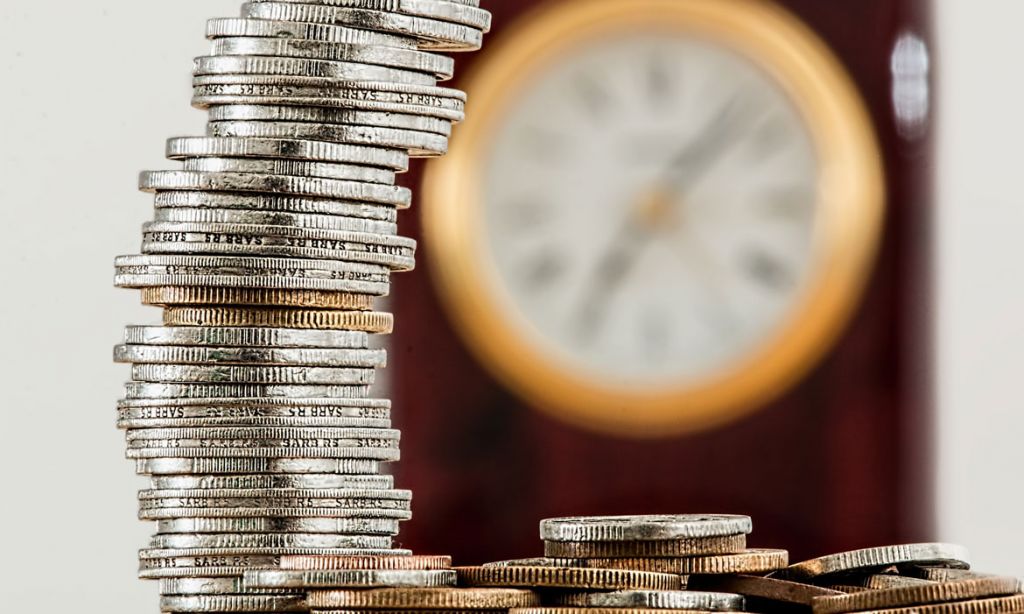Recently, facing pressure from regulators, Google finally unveiled its buy-side and sell-side pricing policies.
The numbers were shared in two separate blog posts, detailing the cut the company takes from both publishers and advertisers when transactions occur within its ecosystem.

Fees across google’s ecosystem
It’s no secret that Google charges the vast majority of advertisers based on their objectives (cost-per-action – e.g. a click, filling out a form, etc.). Publishers on the other hand are paid on a CPM basis, which is achieved by evaluating the potential of each impression and then converting it into a bid. Essentially, Google’s algorithm determines how likely it is for a particular impression (user) to meet the advertiser’s objective, and then assigns a CPM price to it.
Obviously, there’s a lot of “converting” happening on the backend and results vary all the time. On average, however, Google says that publishers receive 69% of what advertisers pay for programmatic ads.
How is that broken down? Here’s an example of how $100 ad dollars are distributed within the ecosystem: Google Ads charges advertisers 14%, which leaves us with $86. Then, Google Ad Manager takes a further 20% cut from publishers ($17), leaving them with $69.
Source: Google Ad Manager
When it comes to Display & Video 360 (Google’s enterprise solution for big brands), the end result is exactly the same, but on average, advertisers pay $13, while $18 are taken from the publisher’s side.
There’s one thing in the blog post though that definitely catches your attention as you read, quoting: “On the portion spent on Ad Manager, Google keeps up to 20% – our standard rate”. Hmm… So far, we noticed that Google favors big advertising businesses a bit more than SMBs, but what about bigger publishers?
The other post sheds light on that topic too, although information is presented in a slightly different way, so you have to do a bit of reverse calculating. When it comes to the Top 100 news publishers in the world, they get $210 of each $250 programmatic ad dollars spent, meaning Google’s rev share is 16% (as opposed to the standard 20%). What this tells us is that Google (definitely) favors volume and (arguably) quality when it comes to both sides of the ad business.
Also, it’s worth noting that take rates for direct and programmatic direct campaigns are noticeably lower, and, having in mind the higher CPMs, it could make a lot of sense for publishers to have a team helping with such lucrative revenue streams.
In conclusion
Although sharing this information is a step in the right direction when it comes to tackling transparency issues, there are still a lot of unknowns out there. One of the most noticeable examples is to take rates for 3rd party participants in Google’s Open Bidding (EBDA). It’s definitely interesting to see how the figures above will change from the publisher’s perspective if ad revenues are entering Google’s ecosystem from elsewhere.
In any case, check out the articles for more details (both are linked above and definitely worth reading), and follow this space for more info on the important topic of transparency.

